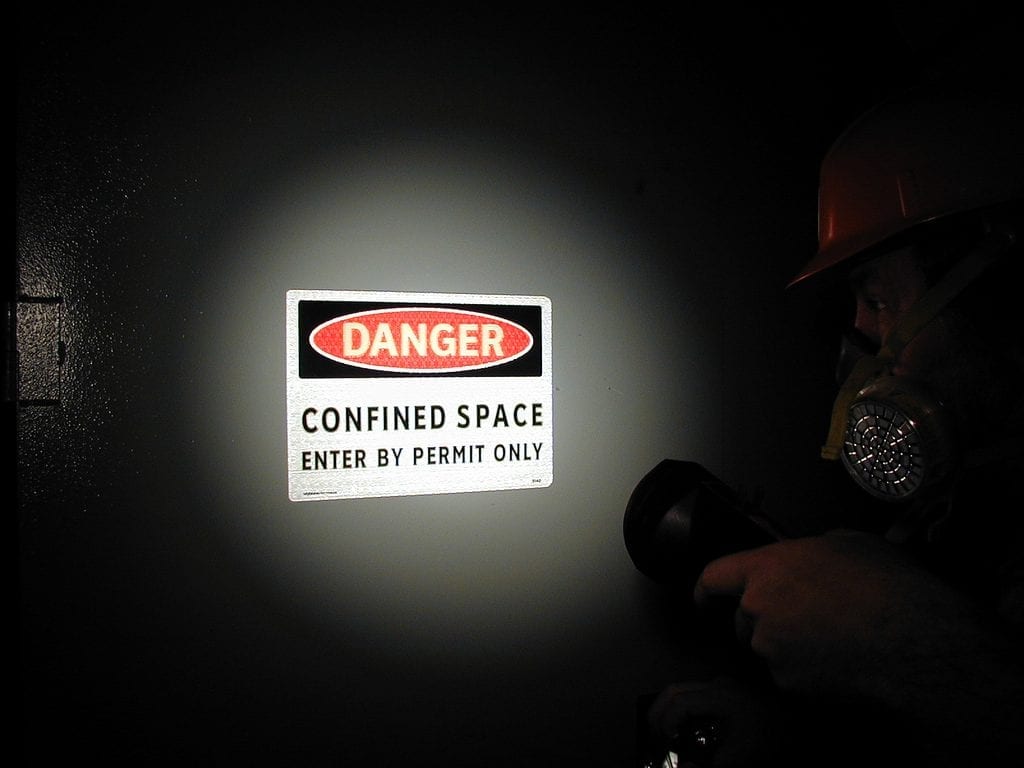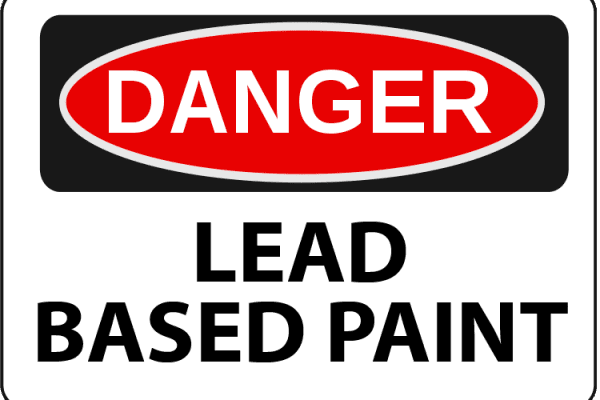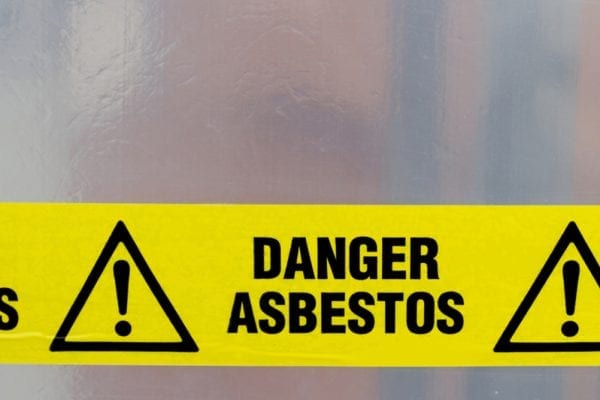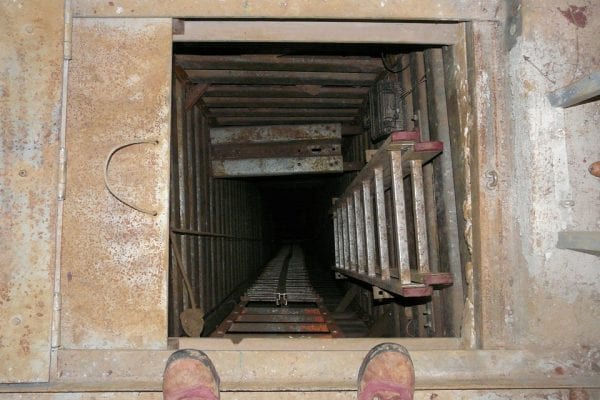Earlier this year, a utility worker in Key Largo removed a manhole cover and descended into a 15-foot drainage hole to perform maintenance work. As he neared the bottom, he was overcome by gas and passed out. A second worker entered the hole behind him in a rescue attempt, and likewise collapsed. Before the ordeal was over, a third worker and a firefighter would succumb to the gas in failed rescue attempts. All three workers died, and the firefighter, though he lived, was flown from the scene by Medevac in critical condition.
Unfortunately, stories like this happen to workers around the country on a regular basis, and not just in drain holes. Ductwork, elevator shafts, crawl spaces, and many other confined spaces present unique hazards that can lead to preventable deaths. According to statistics from the U.S. Department of Labor (USDOL), Bureau of Labor Statistics (BLS) Census of Fatal Occupational Injuries, on average about 92 people die in confined spaces each year. Sadly, many of those deaths occur during failed rescue attempts. Some estimate that about 60% of rescue attempts in confined spaces lead to additional deaths.
The Many Ways to Die in a Confined Space
According to OSHA’s definition, a confined space is any area that is accessible to workers but not designed for human occupancy. Examples include utility maintenance holes, ductwork, crawl spaces, pits, elevator shafts, systems maintenance spaces, vaults, pipes and storage tanks. These areas represent unique dangers to workers that fall into two primary categories: Atmospheric and physical.
Atmospheric Hazards
The Key Largo tragedy happened due to a buildup of hydrogen sulfide gas in the confined space of the drainage hole. Hydrogen sulfide gas has a distinctive rotten egg odor. It is colorless and heavier than air. Hydrogen sulfide gas is commonly found in sewage systems, and may go undetected despite its smell due to olfactory fatigue.
Air in confined spaces can appear perfectly safe and yet be quite deadly. The danger can take a number of forms:
- Low oxygen levels. When oxygen drops below the OSHA safe limit of 19.5%, workers can asphyxiate. Oxygen can be depleted by organic processes, including rust and decomposition, or due to mechanical processes, such as welding.
- High oxygen levels. Excessively high oxygen levels can make the air extremely flammable, creating a fire hazard.
- Hydrogen sulfide. In small concentrations, hydrogen sulfide gas has a signature rotten eggs smell. At 3-5 parts per million (ppm) its odor is described as sweet, but in large concentrations–such as those large enough to kill–it is completely odorless, due to olfactory fatigue. It is also invisible. It works by paralyzing the brain centers responsible for breathing, causing the victim to stop breathing.
- Carbon monoxide. This familiar “silent killer” easily builds up in confined spaces and works by replacing oxygen in the blood. Victims asphyxiate.
- Methane. Methane is created by organic decomposition. While relatively harmless to breathe under normal conditions, it is highly flammable.
Unfortunately, when atmospheric conditions cause harm, they often take more than one victim. Witnesses often feel moved to attempt a rescue. Rescue attempts without adequate protective breathing apparatus and proper rescue equipment are rarely successful in these situations, and often lead to additional victims.
Physical Hazards
Even when the air is quite safe, confined spaces present unique dangers to workers.
- Entrapment occurs when the physical design of the space prevents workers from escaping. This can cause them to be more vulnerable to atmospheric conditions, or simply prevent them from exiting the space.
- Engulfment occurs when a substance or material that is stored in or passes through the space engulfs workers. This may happen in a silo when a worker falls into stored grain, or in a drainage tunnel when a flash flood drowns workers.
- Machinery hazards are pronounced in small spaces where workers may pass closer to machinery components than they ordinarily would. Additionally, the design of the confined space may cause workers to fall or be pulled toward machinery leading to accidents, injuries, and death.
- Falling hazards can occur because of the close quarters and non-human-friendly shape of confined spaces. Elevator shafts and ceiling crawl spaces are examples of areas that present falling hazards.
How to Protect Workers at Your Facility
Facility owners and managers must understand the dangers of confined spaces in order to keep their workers safe. Both routine maintenance and construction or renovation present opportunities for workers to enter confined spaces. It may be ductwork above a ceiling, an elevator shaft, or pipelines below the floor. Wherever the confined spaces are in your building, you owe it to your people to understand them and to insist on safe work practices. Read more about confined spaces here, and contact GLE for a complete confined spaces assessment and safety plan for your facility.






